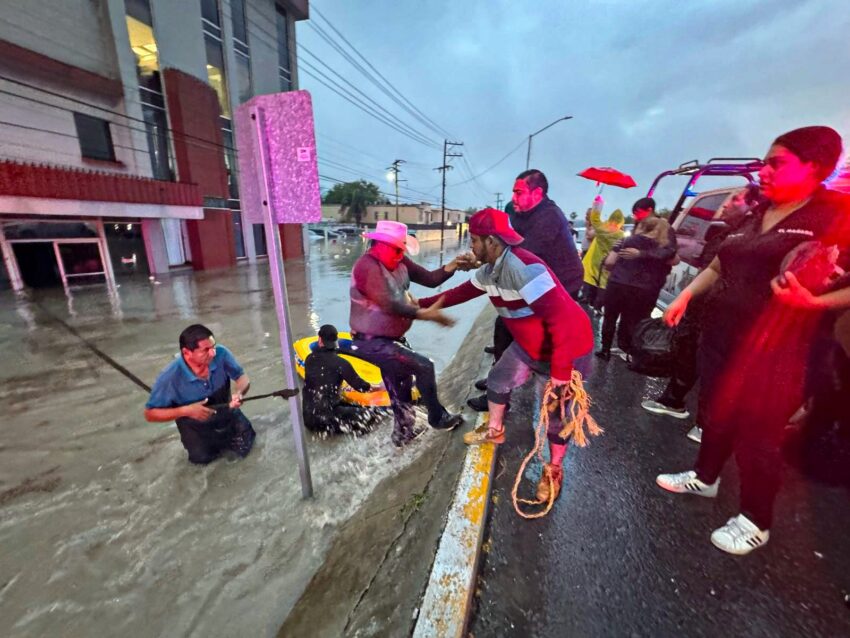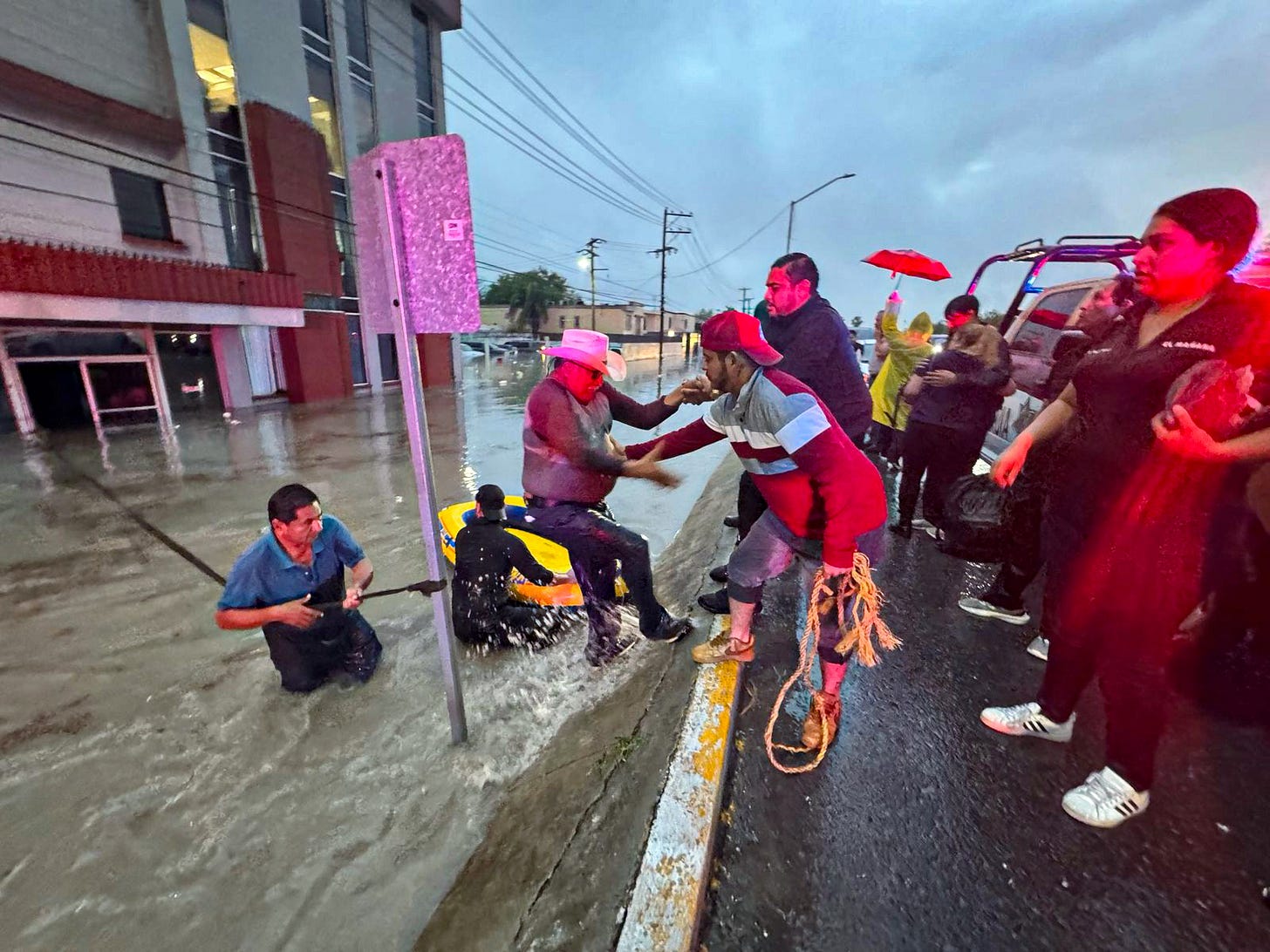
By midday Wednesday, the sky was dark and ominous across the region. The rain started in the Rio Grande Valley in South Texas and northern Tamaulipas and didn’t let up until Friday morning, pelting the region heavily through Thursday night.
The relentless rain submerged homes and transformed roadways into rivers from the southern tip in Brownsville, Texas, and Matamoros, Tamaulipas, and as far west as Miguel Aleman, and neighboring Roma, Texas. As daylight broke on Friday, families were trapped on rooftops, and neighbors and first responders struggled to rescue those stranded in the floodwaters, as communities on both sides of the Texas-Mexico border were left in ruins.
Meteorologists are calling the 21 inches of rain that fell in a matter of hours historic and unprecedented, as U.S. and Mexican residents report that state and federal officials on both sides of the border have been slow to respond to the scale of the devastation.
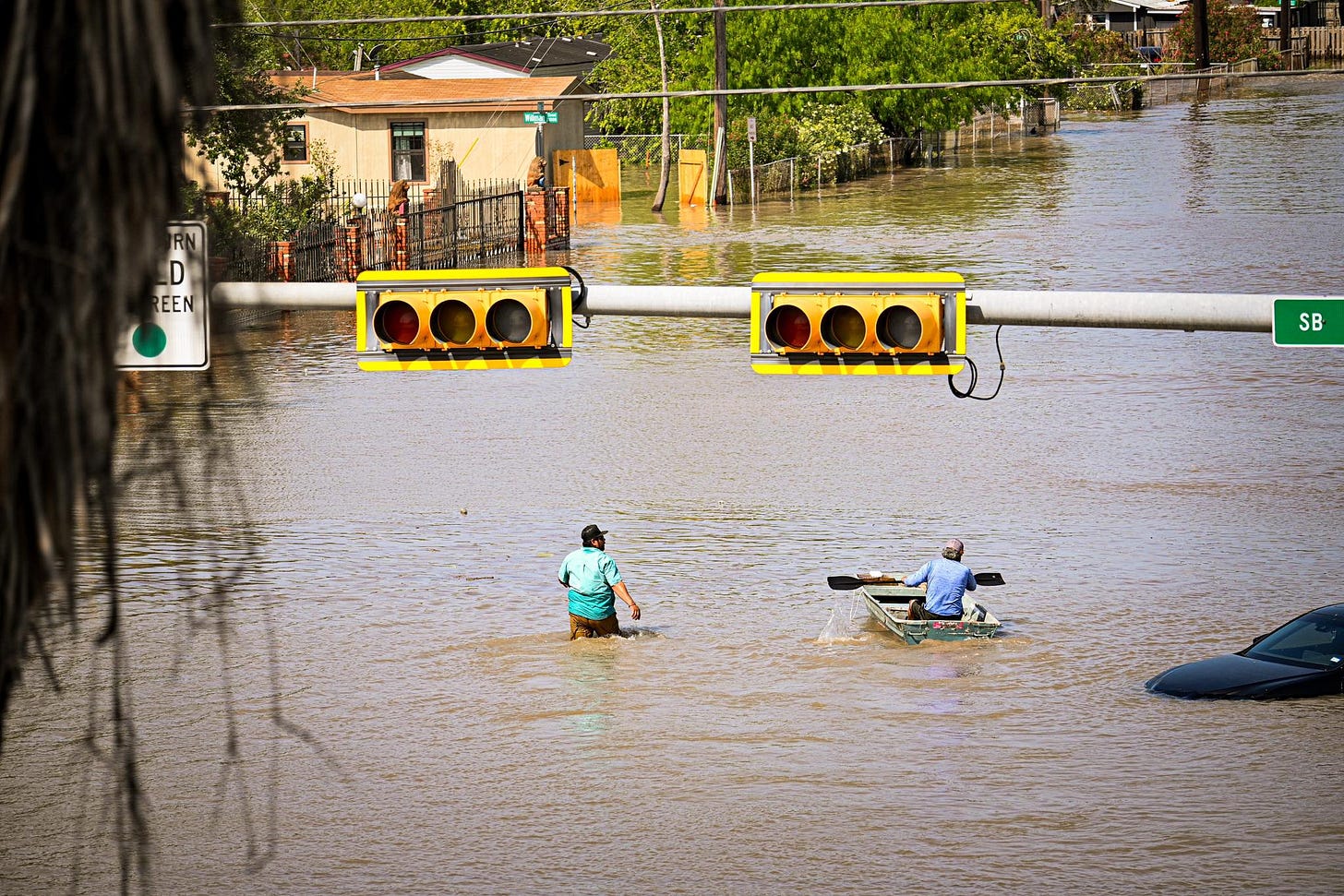
As of this writing, at least six people have died, according to officials. Three of those deaths were in Hidalgo County, according to a statement by Hidalgo County Judge Richard F. Cortez. In neighboring Reynosa, Mexico, city officials reported another two deaths, including an 87-year-old and a person who suffered cardiac arrest during the storm.
The sixth death, and a possible seventh, were reported by U.S. Customs and Border Protection (CBP), which didn’t stop its enforcement operations, during the disaster. On Friday morning in the town of Edcouch, according to a CBP statement, Border Patrol agents approached a vehicle that had stopped at a flooded roadway. The driver attempted to cross the flooded road “as agents were approaching” and the vehicle “plunged into a canal.” Border Patrol reported that it recovered the body of one of the vehicle’s occupants but the “other one remains unaccounted for.”
Because the storm was originally forecast to be much less severe, it has been especially devastating for the region. In Texas, cities and counties issued disaster declarations, to receive federal and state funding reimbursements.
On Friday, Texas Governor Greg Abbott who has spent billions on the state-funded Operation Lone Star to “secure the border” attended a lunch at the Governor’s Mansion with Lt. Gov. Dan Patrick, to discuss bail reform as thousands of people in the Rio Grande Valley waited to be rescued.

When The Border Chronicle inquired about the state’s response to the disaster in the Rio Grande Valley, the Texas Department of Emergency Management responded with a press release that said resources had been “readied” on Monday “in large areas of the state” ahead of the weather, but did not comment on any specific mobilizations as of Friday. Governor Abbott’s press office said on Facebook that “state and local emergency responders” are working together, without providing further details.
“It started pouring heavily around four on Thursday and then from there, it never stopped,” said Vanessa Santiago who lives in Mercedes, Texas. The Border Chronicle reached her by phone on Friday. Santiago said she was trapped in her home by the floodwaters and was struggling to care for her premature baby, born just three weeks ago, and her two parents suffering from COVID. “We’re stuck in here. And I don’t have formula for my baby.”
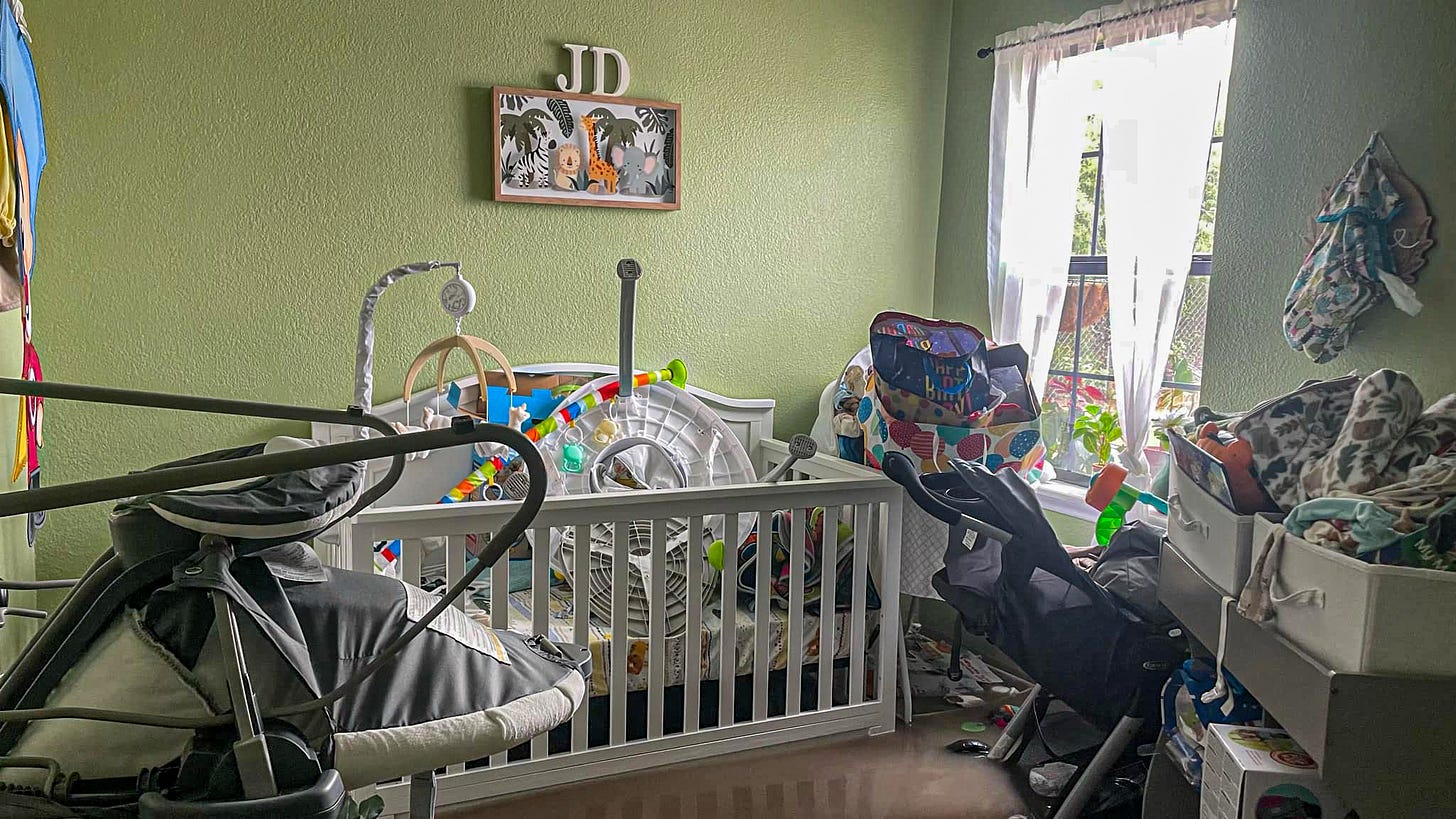
Santiago said it felt like they were on their own. “It’s just individuals helping out the community right now,” she said. “There’s this rescue page where they’ve been rescuing people all over the valley.”
Santiago says her brother called Mercedes firefighters late Thursday and asked that they take their parents to a hospital as a precaution, as the flooding grew worse. They also worried that her premature newborn could catch Covid.
The firefighters said they were unable to transport her parents to a hospital, according to Santiago, and offered to take them to a nearby shelter instead. Her brother decided against moving them to the local shelter.
Across the river in Mexico, the governor of Tamaulipas, Américo Villarreal Anaya, arrived in Reynosa early Friday morning to assess the damage. And the federal Secretaría de la Defensa Nacional (SEDENA), deployed military personnel to conduct evacuations.
In Reynosa, Brenda Rosales who runs a small business teaching nail design and manicure services, said she had lost everything. “Many of my colleagues lost everything, and my students lost everything too,” she added.
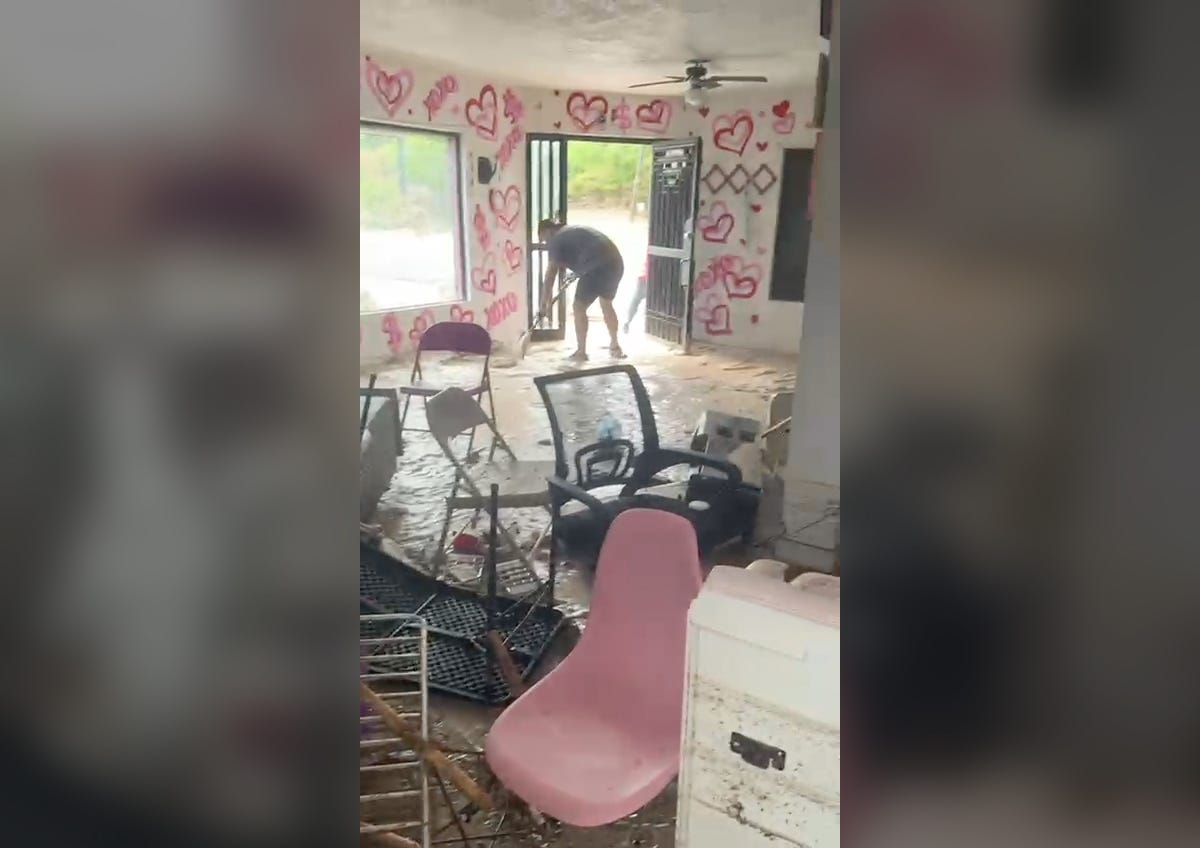
Despite the deployment of soldiers in Reynosa, Rosales said they hadn’t seen anyone in the colonia where she lived, and that food was scarce. “We haven’t seen a single rescue here, any of us. People here are helping where they can, we’re helping each other however we can.”
In Mercedes, Santiago said the scope of devastation would be hard to recover from without the state’s help. “I know that we’re going to overcome this as a community, but I mean, right now, it’s still a very difficult moment to live through,” she said. “I don’t know how we’re going to get through this without the state’s help.”
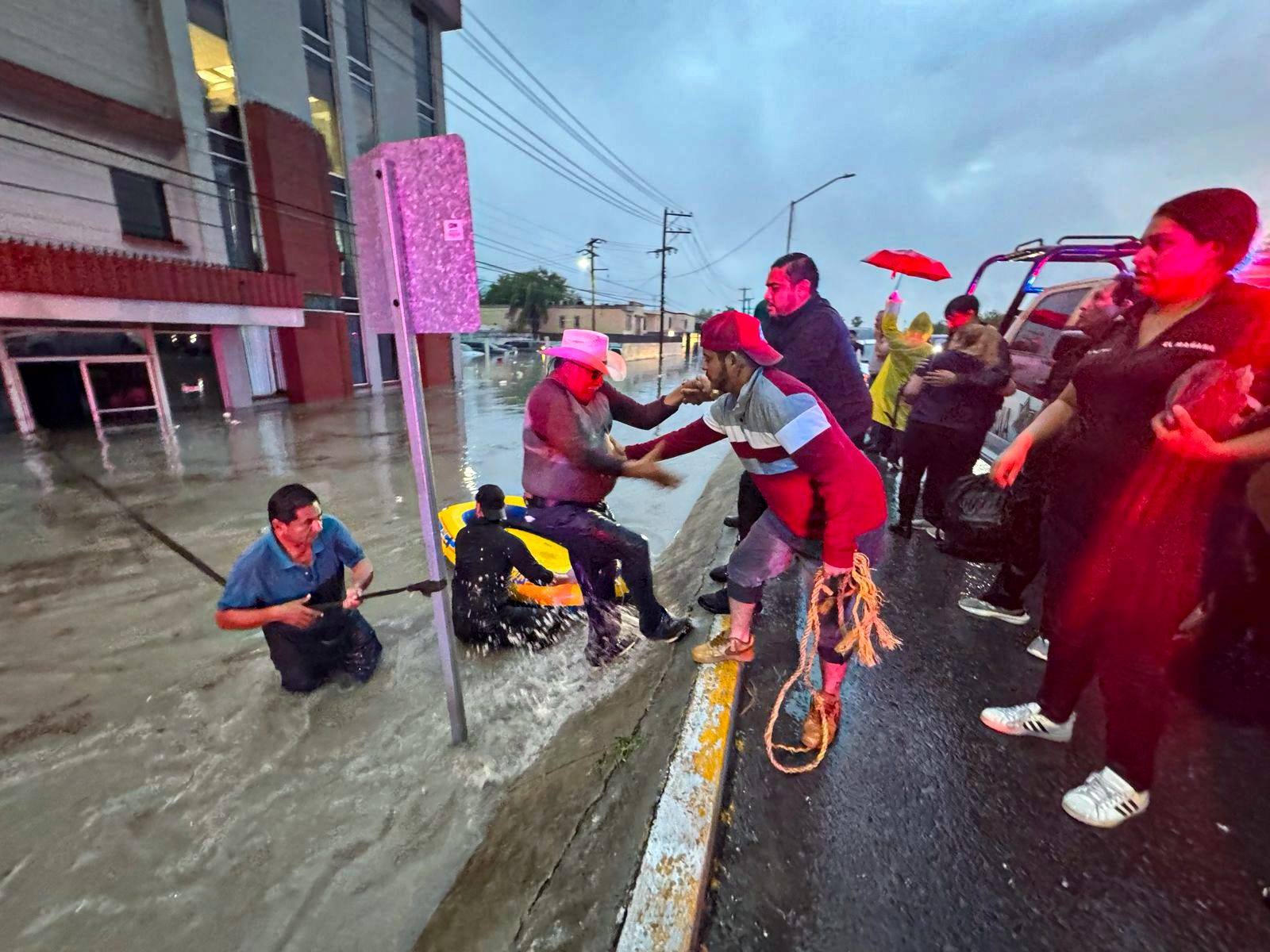 Read more: Read More
Read more: Read More




